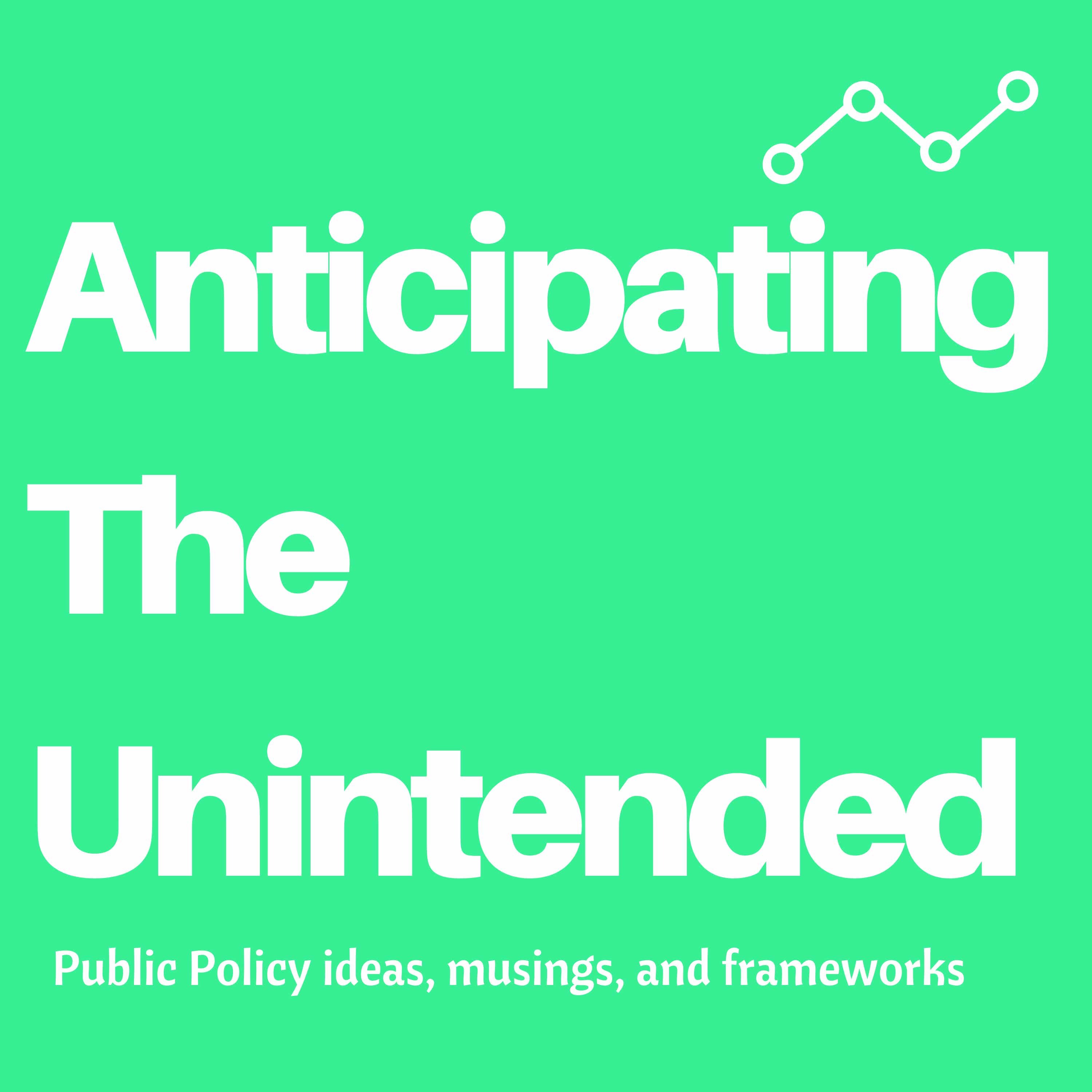#203 Economic Growth and Voter Preferences
Description
India Policy Watch #1: Why We Don’t Care About Growth
Insights on burning policy issues in India
— RSJ
Earlier this week, Pranay and I recorded an episode with Shruti Rajagopalan for her podcast Ideas of India. I have been following Shruti’s columns and the podcast for a while now, and I will recommend you subscribe to both her podcast and her newsletter. She’s always insightful, curious and uses first principles to probe issues. This means you cannot get away with the usual stock answers. One of the questions we discussed at length was why does the Indian electorate not prioritise growth while making their choices at polls. It is an interesting contention whose premise itself can be questioned. How can we conclude that they don’t? And then, if we assume for a moment they don’t, why do they not?
I won’t spoil your experience of listening to the episode by going into the details of what we discussed. But I will cover some ground in today’s edition on why it seems that people in India don’t care about economic growth. And as it often happens in life, this discussion happened in the same week when India published its GDP estimates for the quarter Oct-Dec, 2022. So what I will do today is cover the data released by the National Statistical Office (NSO), take a wider view of what’s happening with the economy and round it off with that question that Shruti asked.
Here’s the headline news on growth: From the ET:
“India’s gross domestic product (GDP) for the October-December quarter moderated to 4.4 per cent from 6.3 per cent in the previous quarter, data shared by the Ministry of Statistics and Programme Implementation showed on Tuesday. The GDP has now moderated from 13.5 per cent in the first quarter of FY23 largely due to pandemic-related statistical distortions.
Lower GDP growth can also be attributed to aggressive rate hikes by the Reserve Bank of India in order to tame the high inflation. In addition to these factors, the slowdown in exports and consumer demand has also contributed in bringing down the numbers. The dent in consumer demand can be linked with the bullish rate hikes by the central bank to bring down inflation in the past few months. Meanwhile, slowdown in external demand could be a consequence of the rate hikes by major central banks around the world.”
Apart from this, the NSO made revisions to the GDP numbers for FY 22, FY 21, FY 20 and to the first two quarters of this FY. Heh! I’m reminded of that famous quip by a former RBI Governor, ‘In other countries the future is uncertain, but in India even the past is uncertain’.
The growth numbers came in as a negative surprise. What’s worse, manufacturing showed a contraction for the second quarter in a row. Not a great sign when the government has been pushing for companies to set up a base in India and eyeing that ‘China+1’ pie.
The WSJ had a summary of the key signs of worry in the Indian economy:
“Weakness in private consumption stood out the most. India’s private consumer spending, which comprises about 60% of India’s gross domestic product, rose just 2.1% year over year, compared with an 8.8% increase in the September quarter. It was mainly hurt by higher interest rates and elevated inflation. Slower growth in rural spending after some pandemic-era subsidies were cut could have also played a role.
A closer look at other numbers in the GDP data also paints a worrisome picture. Import growth fell more sharply than export growth, again signalling weak domestic demand. And while fixed investment growth was a relative bright spot, it still slowed for the second quarter in a row.
Nomura economists Sonal Varma and Aurodeep Nandi think markets are still significantly underappreciating the risks to India’s growth. They say the country’s growth cycle has peaked, and a combination of weaker global growth and tight domestic and global financial conditions could spell further trouble for exports, investment and discret
More Episodes
Prediction Time
—RSJ
In a year when countries as diverse as India, the United States, the United Kingdom, Russia, Taiwan, Pakistan and Palau go for their elections, it is tempting to go for an overarching theme for the year while looking ahead. Unfortunately, like these aforementioned elections...
Published 01/14/24
Published 01/14/24
Happy New Year
— RSJ
Happy 2024, dear readers!
We hope 2023 was good for all of you. If it wasn’t, we are glad that it’s behind you. We didn’t have too bad a 2023 ourselves. This newsletter went along swimmingly (or so we think) and we had our book ‘Missing in Action: Why You Should Care About...
Published 01/07/24


